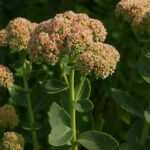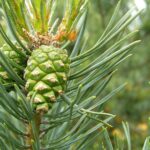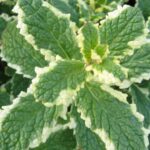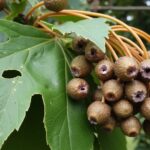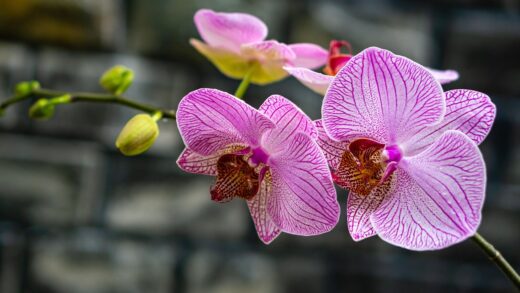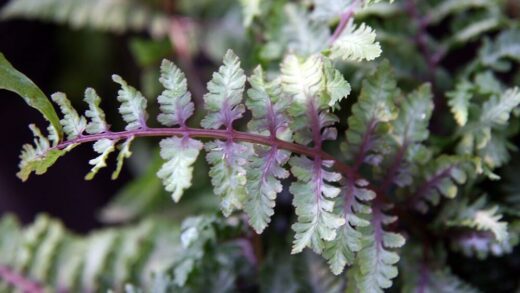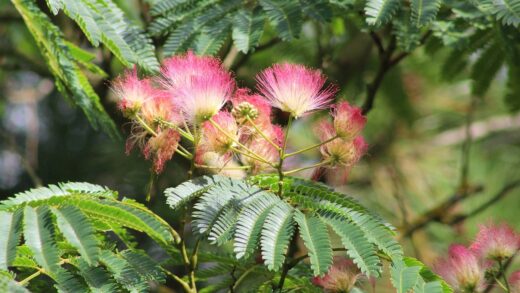Light is the fundamental source of energy for nearly all life on Earth, and for a large, deciduous tree like the sweet chestnut, its relationship with sunlight is a defining aspect of its existence. From the germination of the seed to the ripening of the nuts, the quantity, quality, and duration of light it receives dictates its growth rate, its physical form, and its ability to reproduce. Understanding the specific light requirements of the sweet chestnut is not merely an academic exercise; it is a practical necessity for anyone wishing to cultivate this tree successfully. Proper siting to maximize sun exposure is the single most important factor in ensuring a healthy and productive life for the tree.
The role of sunlight in tree health
Sunlight is the engine that drives photosynthesis, the remarkable process by which plants convert light energy, water, and carbon dioxide into chemical energy in the form of sugars. These sugars are the fuel for all of the tree’s metabolic activities, from building new leaves and branches to developing a strong root system and, crucially, producing nuts. A sweet chestnut tree that receives ample sunlight will be vigorous, with dense, dark green foliage and a robust growth rate. This vigor, in turn, makes the tree more resilient to pests, diseases, and environmental stresses like drought.
A lack of sufficient sunlight has a direct and observable impact on the tree’s health and appearance. A tree growing in shady conditions will exhibit etiolation, a state where it grows long, spindly branches with sparse leaves as it stretches in search of more light. The leaves will often be a paler shade of green due to lower chlorophyll production. This weak, leggy growth is structurally unsound and more susceptible to damage from wind or snow. Furthermore, a light-starved tree will have a severely diminished capacity to produce flowers and nuts.
Sunlight also plays a crucial role in the physical environment immediately surrounding the tree. Direct sun exposure helps to warm the soil, which is important for root activity and nutrient uptake, especially in the spring. It also helps to dry the foliage and bark quickly after rain or morning dew. This rapid drying is a significant factor in preventing the establishment and spread of many common fungal diseases, such as leaf spot and powdery mildew, which thrive in damp, shady conditions. Therefore, full sun exposure contributes to disease prevention as well as energy production.
The need for light also influences the tree’s natural pruning process. Branches in the lower and interior parts of a dense canopy that do not receive enough sunlight will eventually be shed by the tree in a process called cladoptosis. These shaded branches are an energy drain on the tree, consuming more resources than they can produce through photosynthesis. The tree essentially abandons them, allowing them to die and fall off. This is a natural adaptation to optimize its energy balance and focus resources on the most productive, sun-exposed parts of the canopy.
Optimal sun exposure for growth and nut production
The sweet chestnut is classified as a sun-loving, or heliophilic, species. For optimal growth and, most importantly, for significant nut production, it requires a location that provides full sun for most of the day. The generally accepted standard for “full sun” is a minimum of six to eight hours of direct, unfiltered sunlight during the peak of the growing season. In an ideal scenario, the tree would receive sun from the morning through the late afternoon, ensuring it can photosynthesize at its maximum capacity throughout the day.
This requirement for abundant light is directly linked to the energy-intensive process of producing a large crop of nuts. The development of flowers, the process of pollination, and the subsequent growth and filling of the nuts all demand a massive amount of energy, which can only be generated through high rates of photosynthesis. A tree sited in partial shade may still grow and appear relatively healthy as an ornamental specimen, but its nut yield will be drastically reduced or completely non-existent. The sunlight simply isn’t sufficient to support both vegetative growth and reproduction.
When planning a planting, it is essential to consider the sun’s path throughout the day and across the seasons. A location that seems sunny in the morning might be cast into shadow in the afternoon by a building or a taller group of trees. It is also important to account for the future growth of both the chestnut tree itself and any surrounding vegetation. A small, neighboring tree could grow over the years to eventually cast a significant shadow on the chestnut, compromising its health and productivity later in its life.
In a forest setting, sweet chestnuts are typically a canopy or emergent species, meaning they grow to be among the tallest trees in the forest, ensuring their crowns receive the sunlight they need. When planting them in a garden or orchard, we must replicate this dominant position by giving them ample space and ensuring they are not overshadowed. For orchard-style plantings, the spacing between trees must be calculated based on their mature canopy size to prevent them from shading each other out as they grow.
Light requirements during different life stages
The light requirements of a sweet chestnut tree evolve as it moves through its life cycle. As a seedling and a very young sapling, it can exhibit some tolerance to partial shade. In its natural forest environment, a chestnut seed would often germinate on the forest floor, where light levels are lower. This slight shade tolerance in its early life allows it to become established under the canopy of other trees, biding its time until a gap in the canopy opens up, providing the light it needs for rapid upward growth.
Despite this early tolerance, the young tree’s growth will be significantly faster and more robust if it is grown in full sun from the beginning. In a nursery or garden setting, there is no need to coddle the young tree in the shade. Providing full sun exposure from a young age encourages the development of a sturdy, well-tapered trunk and a dense, well-branched canopy. This early start in high-light conditions helps the tree to establish itself more quickly and reach maturity and bearing age sooner.
As the tree reaches maturity, its demand for light becomes absolute, especially for fruiting. The entire outer canopy, which is responsible for the bulk of the tree’s photosynthesis and nut production, must be fully exposed to the sun. This is why proper pruning is so important for mature trees. By thinning the canopy and removing excessive interior branches, growers can improve light penetration to the lower and inner parts of the tree, which can help to increase the total nut-bearing surface area and improve air circulation.
Even in old age, the sweet chestnut continues to require full sun to maintain its health. A large, veteran tree that becomes overshadowed by faster-growing neighboring trees will begin a slow decline. Its canopy will thin out, it will cease to produce significant crops, and its overall vigor will wane. The life of a sweet chestnut is a continuous quest for light, and its health at every stage is a direct reflection of its success in that quest.
Practical considerations for planting and placement
The immutable light requirement of the sweet chestnut must be the primary guiding principle when selecting a planting location. Before digging a hole, observe the chosen spot throughout an entire day to map how the sun and shadows move across it. The ideal location will be on the south or west side of a property, far from any tall structures or trees that could cast a shadow, particularly during the afternoon when the sun’s rays are most intense.
Consider the landscape in three dimensions and through time. Think about the mature height and spread of the sweet chestnut itself—which can be upwards of 20-30 meters tall and nearly as wide—and ensure it will have the space it needs without interfering with buildings, utility lines, or other important landscape features. Also, consider the future growth of everything around it. A small, decorative tree planted nearby could eventually become a major source of shade. It is always better to provide too much space than not enough.
For those planting a food forest or a mixed orchard, the sweet chestnut should be placed in a position where it will be a dominant canopy tree. It can be used to create a high canopy under which more shade-tolerant species, such as pawpaws or certain berry bushes, can be planted. However, the chestnut itself must not be positioned where it will eventually be overtopped by another, faster-growing species. Its position in the “canopy layer” of the garden design must be secured.
If a site with ideal, all-day sun is simply not available, you must prioritize afternoon sun over morning sun. The afternoon sun is generally more intense and can support higher rates of photosynthesis. While not ideal, a location that receives at least six hours of direct sun from late morning through the afternoon can still support a reasonably healthy and productive tree. However, a location that is only sunny in the morning and shaded for the rest of the day is unlikely to be suitable for growing sweet chestnuts for nut production.



